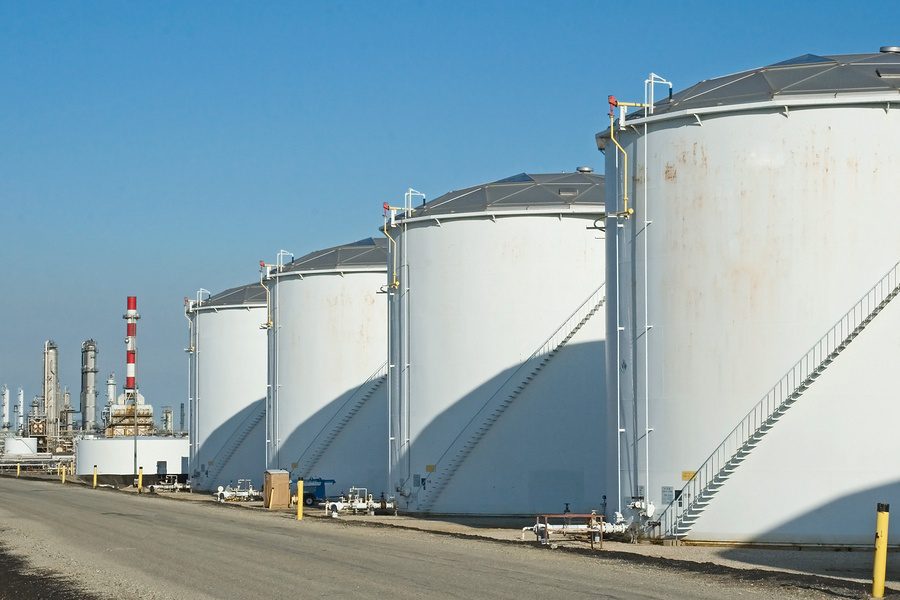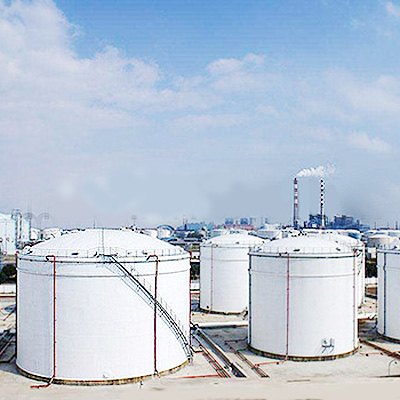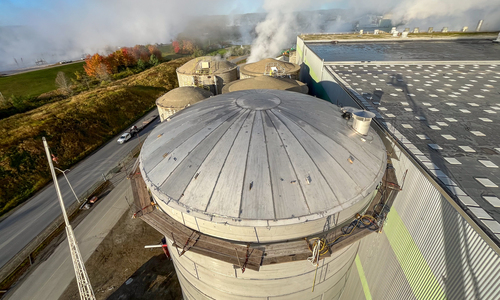A Step-by-Step Consider the Setup Process of Welding Assessment Techniques
Welding inspection is a critical process that assures structural stability and safety. The installation of examination methods entails several methodical steps, each integral to accomplishing reputable outcomes. From preparation and tool choice to performing non-destructive and visual examinations, each phase demands cautious focus. Understanding these treatments can greatly improve quality control in welding tasks. What difficulties emerge in executing these methods, and just how can they be efficiently resolved?
Understanding the Significance of Welding Assessment
Welding examination is an essential component of guaranteeing architectural honesty and safety and security in building and construction and manufacturing processes. This practice involves assessing welded joints for flaws, making sure that they fulfill details criteria and guidelines. By methodically determining weld top quality, assessors can recognize problems such as splits, gaps, and insufficient combination, which can jeopardize the toughness and resilience of structures.
The importance of welding evaluation extends past prompt security worries; it assists avoid pricey failings and possible dangers in the long term. Effective examination strategies foster conformity with industry requirements, thus enhancing the total integrity of bonded elements. Additionally, a durable examination procedure adds to preserving the credibility of builders and manufacturers, as it ensures customers of the quality of their tasks. Eventually, understanding the importance of welding inspection is crucial for advertising risk-free construction techniques and making sure the longevity of crucial facilities and products.
Picking the Right Tools for Examination
When selecting the ideal tools for assessment, it is vital to consider the specific demands of the welding procedure and the products involved. Different inspection methods, such as aesthetic, ultrasonic, and radiographic screening, demand distinct devices customized to their distinct demands. For aesthetic examinations, devices like magnifying glasses and calipers are essential for evaluating weld high quality. Ultrasonic screening calls for specialized equipment capable of transferring and receiving acoustic waves to identify internal flaws. Radiographic testing, on the various other hand, utilizes X-ray or gamma-ray sources together with sensitive film or digital detectors to disclose inconsistencies.
Additionally, personal protective tools (PPE) is vital to ensure the safety of inspectors during assessments. Choosing the right tools not only enhances the precision of examinations however likewise adds to the total honesty and safety and security of the welding job. Subsequently, a comprehensive understanding of offered devices and their applications is crucial for reliable welding examination.
Preparing for the Examination Refine
Before starting the evaluation procedure, it is necessary to develop an extensive plan that outlines the extent and goals of the assessment. This strategy must consist of specific standards that define what constitutes acceptable quality in the welding job being checked. Recognizing the relevant codes and standards is essential, as they will certainly direct the examination requirements and approaches.
Additionally, workers involved in the examination should be properly trained and licensed in welding evaluation strategies to guarantee dependability and accuracy. A list can be advantageous in arranging the various elements of the evaluation, varying from equipment readiness to ecological conditions that might influence the evaluation.

Ultimately, logistical considerations such as scheduling, offered sources, and interaction between team participants must be addressed. By preparing systematically, examiners can improve the efficiency of the analysis and ensure that all crucial elements are duly considered before proceeding with the assessment itself.
Conducting Aesthetic Inspections

Conducting aesthetic assessments is a vital step in the welding evaluation procedure, needing careful prep work to assure effective analysis. Examiners must be acquainted with essential issue indications that can signal possible issues in weld top quality. By concentrating on these facets, one can improve the overall reliability of the assessment outcomes.
Planning For Visual Examination
Visual assessment works as an essential primary step in the welding assessment procedure, ensuring that any type of potential problems are identified early (API 650 Welding Inspection). Correct prep work is vital for reliable visual evaluation. Examiners must start by evaluating appropriate documents, including welding treatments and requirements, to understand the job needs. They should collect required tools, such as magnifying glasses, flashlights, and ideal individual protective devices (PPE) A comprehensive assessment of the examination area is essential; examiners must validate it is tidy and cost-free of obstructions. Furthermore, it is crucial to develop perfect illumination conditions to improve exposure of welds. By taking address these preparatory steps, assessors can develop a setting for recognizing disparities and guaranteeing the honesty of the bonded frameworks
Trick Issue Indicators
A thorough understanding of key defect indicators is important during aesthetic inspections to guarantee the quality and safety of bonded joints. Assessors must focus on certain signs such as cracks, porosity, undercuts, and insufficient combination. Fractures may look like sharp lines and can endanger architectural stability. Porosity manifests as small openings that can deteriorate weld stamina. Undercuts, which are grooves along the weld edge, can bring about stress and anxiety focus. Incomplete fusion shows that the weld metal did not properly bond with the base product, causing a weak joint. By systematically identifying these issues, examiners can determine conformity with market standards and boost the overall dependability of welded frameworks, eventually contributing to more secure operational problems.
Applying Non-Destructive Checking Techniques

Various non-destructive testing (NDT) methods are important to assuring the integrity of bonded frameworks without jeopardizing their functionality. These techniques permit inspectors to examine weld quality and detect flaws without causing damage to the products being tested. Usual NDT methods include ultrasonic screening, radiographic testing, magnetic fragment testing, and color penetrant screening. Each method offers a details function, addressing different sorts of flaws such as cracks, porosity, or Click This Link insufficient combination.
Carrying out NDT strategies requires a methodical strategy, beginning with choosing the ideal method based on the materials and the nature of the weld. Training employees in these techniques is vital for precise outcomes. In addition, developing clear procedures and standards guarantees consistency throughout the evaluation procedure. By integrating NDT right into the welding assessment operations, companies can boost the reliability of their items while minimizing potential risks connected with structural failures. This positive technique inevitably adds to keeping safety and security and top quality criteria in bonded buildings.
Examining and documenting Evaluation Outcomes
Effective documents and evaluation of inspection results are essential components of the welding inspection procedure. Exact documents of examination searchings for work as a recommendation for quality assurance and compliance with industry standards. API 650 Welding Inspection. Assessors must use digital platforms or organized kinds to log information such as the kind of weld, evaluation methods used, and any type of disparities recognized throughout the assessment
Once information is gathered, complete analysis is vital. This includes contrasting results versus developed requirements to identify patterns or recurring concerns. Statistical devices may be employed to measure defects and examine their effect on general weld high quality.
Moreover, efficient interaction of searchings for to relevant stakeholders is critical. Reports and summaries should be concise and clear, highlighting Extra resources essential understandings and recommendations for corrective activities. By systematically evaluating and documenting evaluation outcomes, companies can foster constant renovation in welding practices and improve item integrity.
Frequently Asked Concerns
What Credentials Are Required to Become a Welding Examiner?
To come to be a welding assessor, one normally needs relevant accreditations such as AWS CWI, along with experience in welding practices, knowledge of welding codes, and proficiency in examination strategies to guarantee high quality and security requirements.
Exactly How Often Should Welding Inspections Be Conducted?
Welding assessments must be performed regularly, usually after each weld is finished, and regularly throughout jobs. Aspects such as job complexity, industry requirements, and regulative requirements can influence the frequency of these assessments.
What Is the Price of Welding Inspection Providers?
The expense of welding assessment services varies considerably based on variables such as task size, location, and intricacy. Generally, prices vary from $100 to $150 per hour, with extra costs for specialized screening and accreditations.
Are There Certifications for Welding Inspectors?
Yes, there are numerous accreditations for welding examiners, consisting of those provided by the American Welding Culture (AWS) and the International Institute of Welding (IIW) These qualifications ensure assessors have the essential abilities and knowledge for reliable assessments.

Exactly how Do I Choose an Examination Provider?
To choose an assessment company, one need to assess qualifications, experience, sector reputation, and client testimonials. Additionally, comparing solution offerings and pricing can assist ensure the chosen service provider fulfills specific job requires effectively.
Furthermore, workers entailed in the evaluation needs to be adequately trained and accredited in welding assessment strategies to assure reliability and accuracy. Carrying out visual assessments is an essential step in the welding inspection process, needing mindful prep work to assure reliable evaluation. Aesthetic examination serves as a critical initial action in the welding inspection procedure, assuring that any kind of possible defects are determined early. Effective documentation and analysis of inspection outcomes are necessary elements of the welding evaluation process. Welding inspections should be performed regularly, typically after each weld is completed, and regularly during tasks.